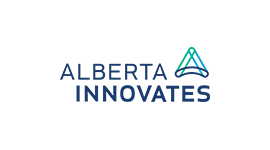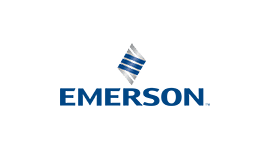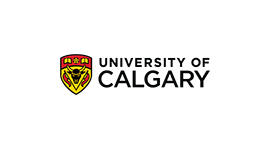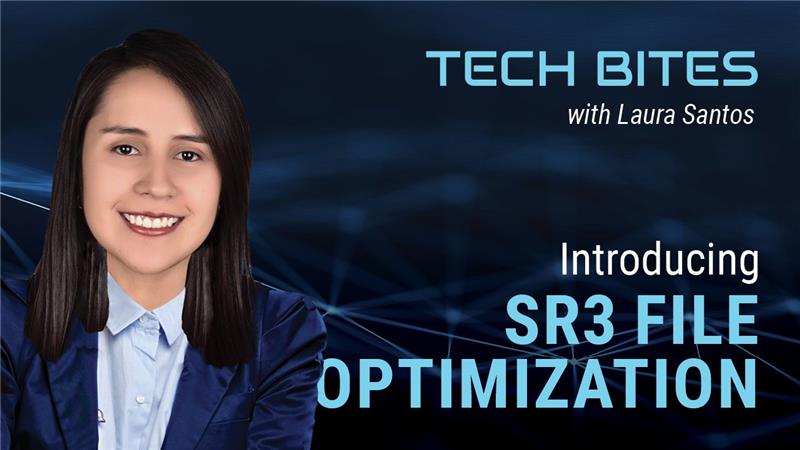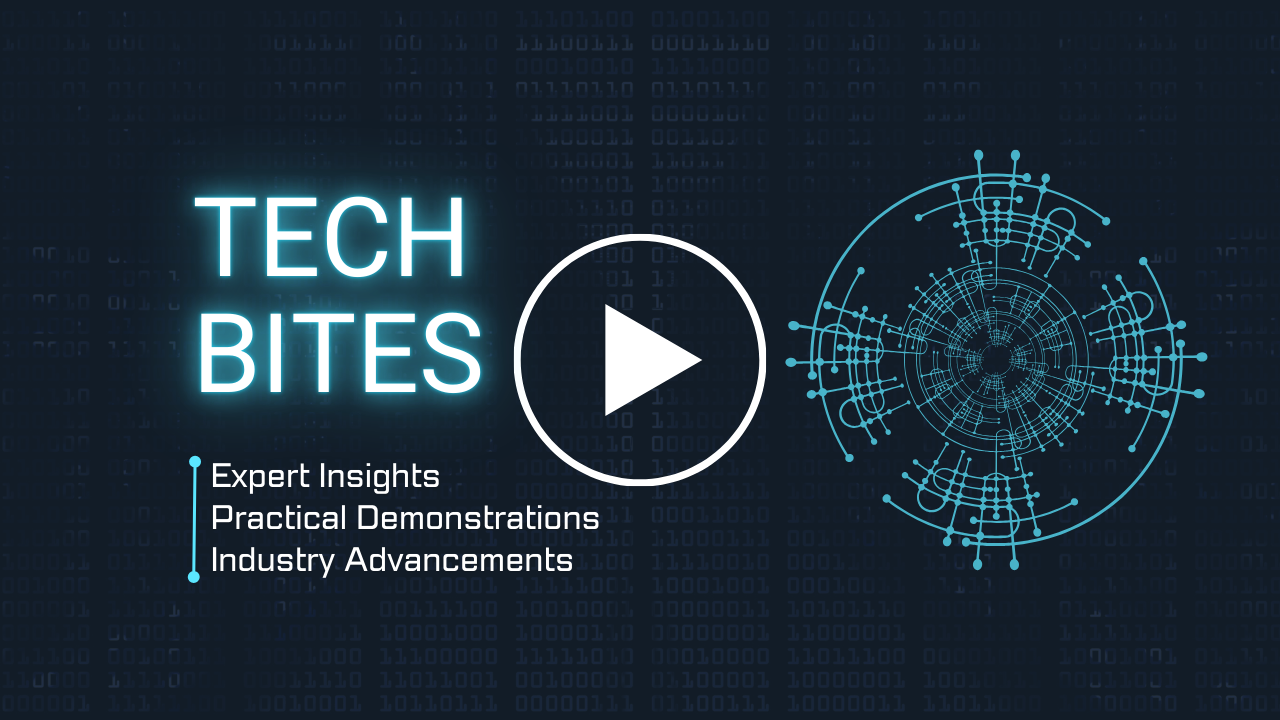The Paris Agreement, a legally binding international treaty on climate change, came into force on 4th November 2016, having been ratified by 196 Parties at COP21 in 2015. This Agreement focused the international community on the problem of how to meet the commitments they had just made, with a key element of those commitments being CO2 disposal.
Previously, CO2 disposal activities had concentrated on finding appropriate sites and understanding the issues related to long term CO2 storage. The focus then shifted to project implementation and how to manage the injection of CO2 into these sites. As individual projects progressed, it became clear that the worlds of CO2 storage and CO2 injection were working quite separately, creating a potential point of failure and hugely increased project risk. The reservoir (storage) and the wells (injection) teams tended to operate in their own silos and, although aware of each other, any communication was done manually and through error prone spreadsheets using sweeping assumptions. This was not acceptable, and a solution was desperately needed to bring these 2 groups together.
With a history of innovation and considerable experience of CO2 simulation, dating back to Kyoto in 1997, CMG started to look for a solution to break down this siloed approach. This eventually brought CMG and Kongsberg Digital together as both companies saw the incredible value in solving the problem, and so began the GELECO2 project.
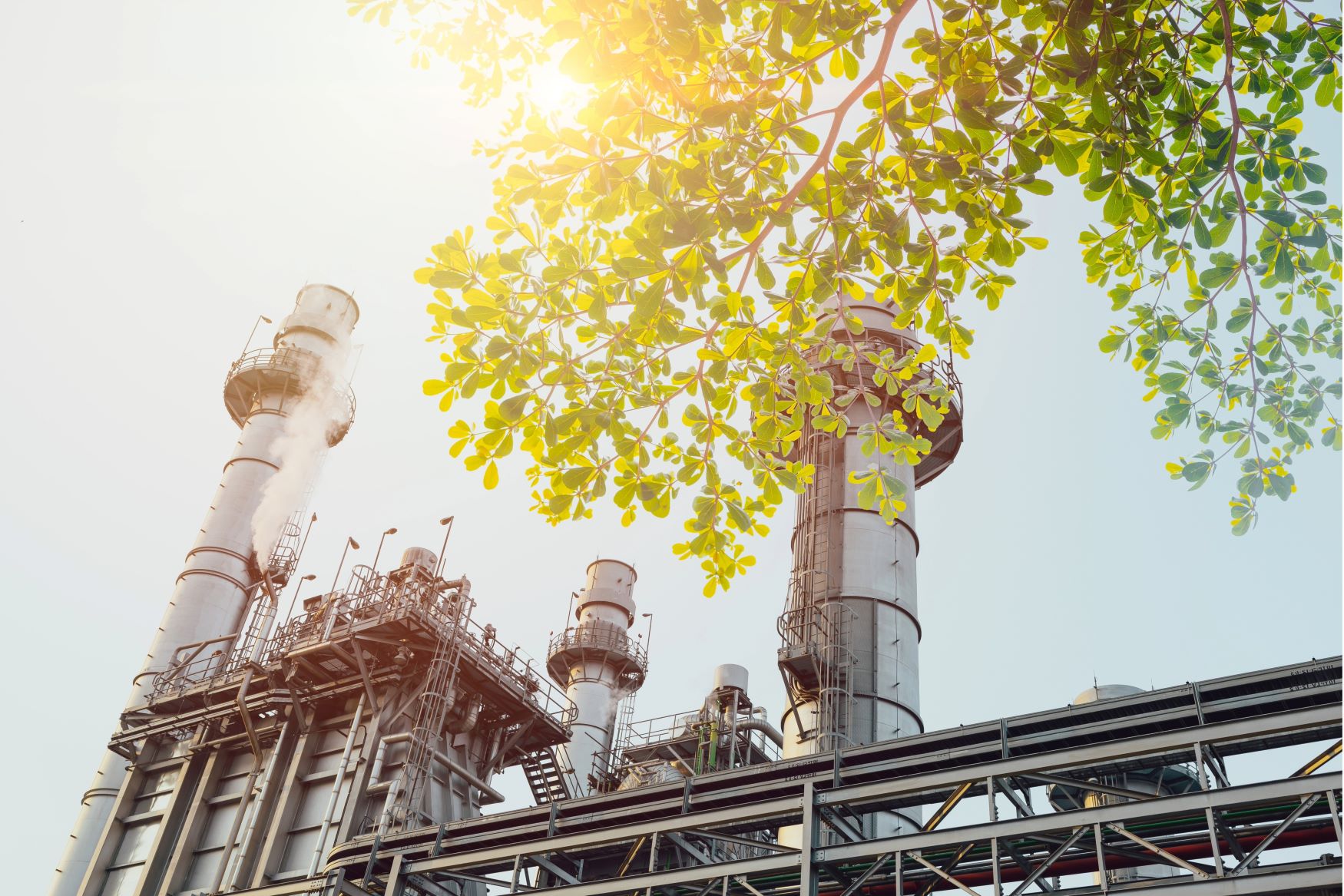
The GELECO2 project started in March 2022 with the aim of providing the ability to model a seamless journey for CO2 from its delivery point to its subsurface storage and thus break down the barriers between the worlds of injection and storage. The practical result of this was to create a connection between two of the leading software applications for modelling CO2 transportation and storage: Kongsberg’s LedaFlow transient well and pipe modelling software and CMG’s GEM reservoir simulation software.
Bringing together two adjacent disciplines like this to understand and de-risk the CO2 disposal process, had never been done before. The clear need for such a solution was validated by the GELECO2 project attracting a highly motivated group of 12 energy companies as well as backing from the CLIMIT program, Norway’s national program for the research, development, and demonstration of carbon capture and storage (CCS) technology.
Now, in 2024, as we come to the end of the project, we can reflect on what has been achieved.
- Through the cooperation and persistence of CMG, Kongsberg Digital, and an enthusiastic and motivated group of companies, we now have the solution to the problem that has been keeping the leaders of many oil and gas companies awake at night – how can we guarantee that the CO2 we capture can be safely injected into its storage site.
- Through GELECO2 we have built the first coupling between a standalone commercial multiphase flow simulator and a reservoir simulator, specifically designed to tackle the problem of CO2 transport and injection. Without this new capability we would be severely limited in our understanding of how to get CO2 into its final storage site and increase our risk of failure.
